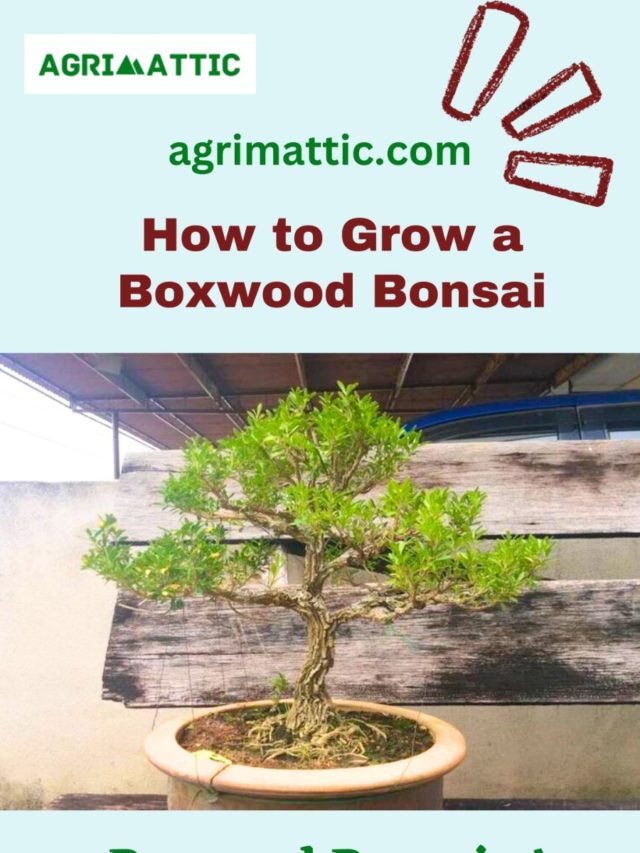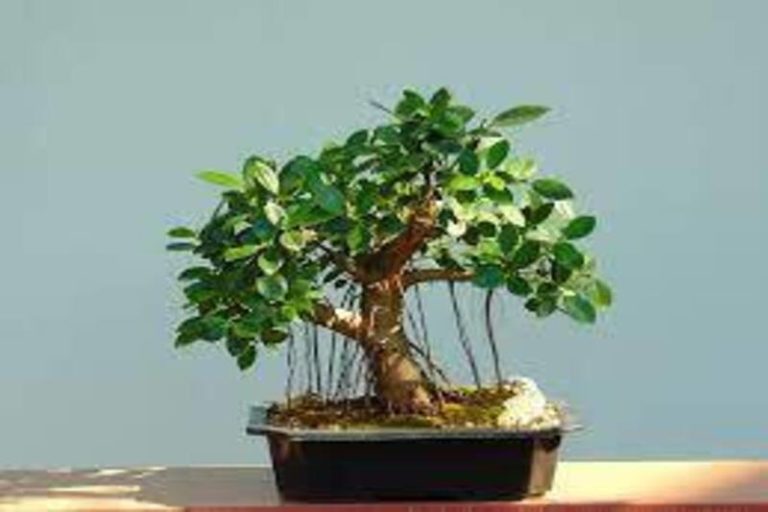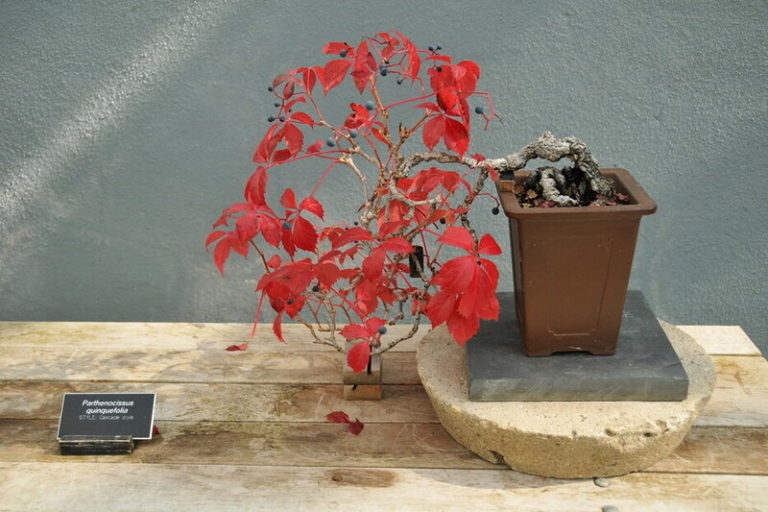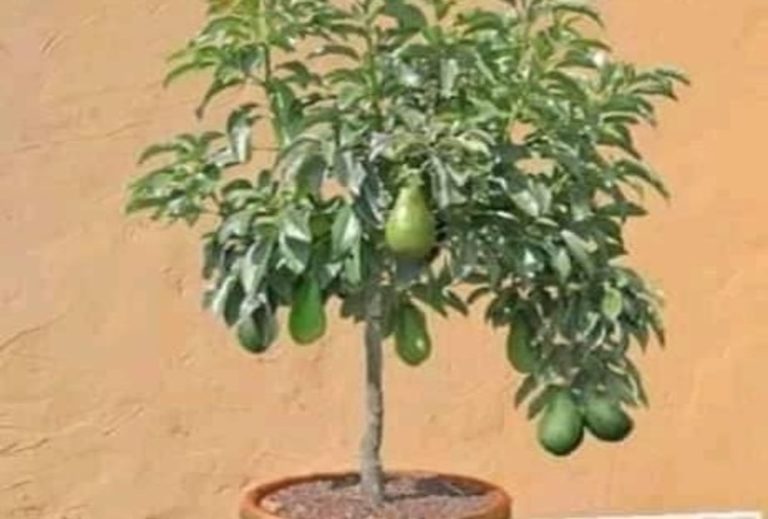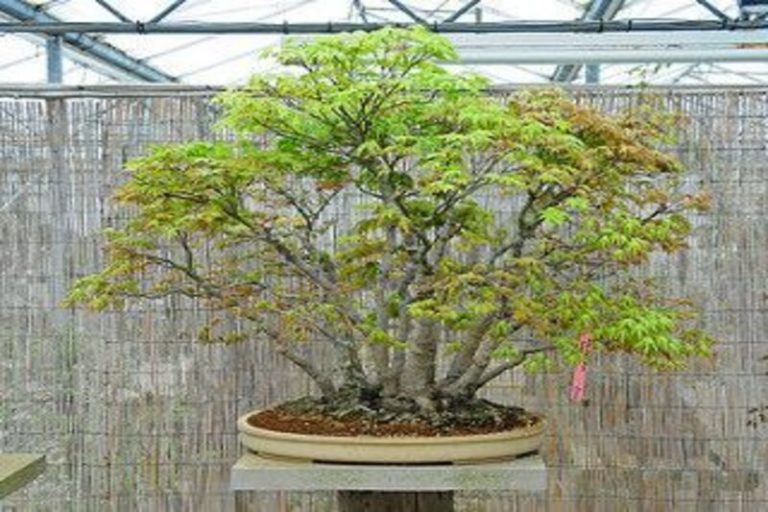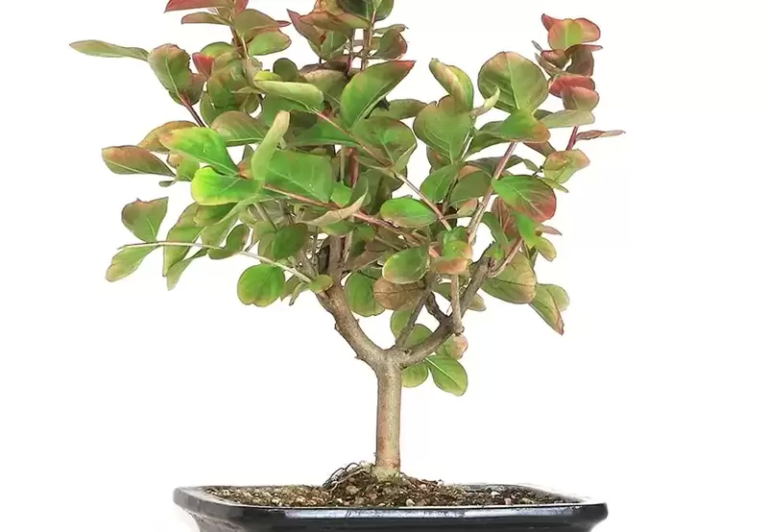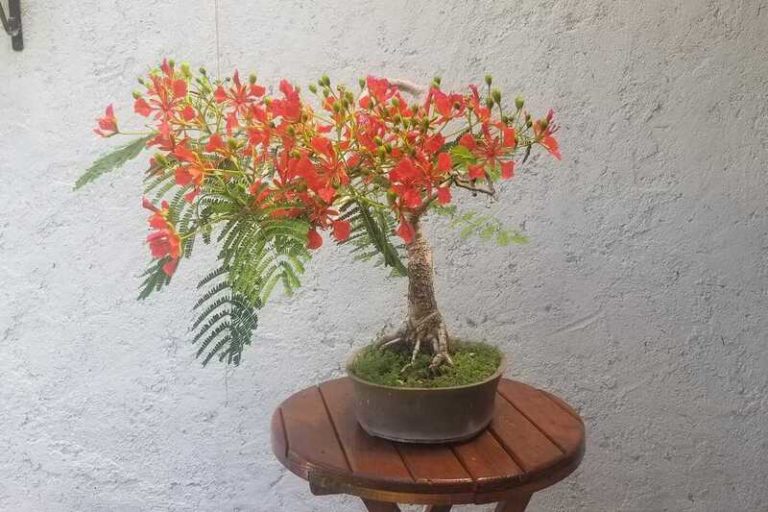Boxwood Bonsai: A Classic and Timeless Addition to Your Collection
Boxwood bonsai is an ancient and popular form of bonsai tree. In this article, we will go over the fundamentals of boxwood bonsai, such as how to select the correct tree, trim and style it, maintain its health, and exhibit and care for it.
What is Boxwood Bonsai?
Boxwood bonsai is a type of miniature tree that is grown in a small pot and shaped into various styles using pruning and styling techniques. It is a popular choice among bonsai enthusiasts because of its small size, dense foliage, and ability to be shaped into various styles.
Boxwood bonsai is a tiny tree cultivated in a small container and sculpted into numerous forms by pruning and styling procedures. Because of its tiny stature, lush foliage, and capacity to be sculpted into many forms, it is a favorite option among bonsai aficionados.
History and Origins of Boxwood Bonsai
Boxwood bonsai has a long and illustrious history, dating back to China and Japan. Bonsai-like trees were initially constructed in China during the Han Dynasty over 2,000 years ago. These trees were frequently planted in containers and were seen as a sign of man-nature harmony.
The art of bonsai migrated to Japan, where it grew into a more polished and specialized form. The art of bonsai reached its pinnacle during Japan’s Muromachi period (14th-16th centuries). Boxwood bonsai began to be cultivated about this period and quickly became one of the most popular forms of bonsai plants.
Boxwood bonsai was highly prized in Japan because of its dense foliage, attractive bark, and ability to be shaped into various styles. It was also believed to have spiritual significance and was often used in traditional Japanese gardens and tea ceremonies.
In the sixteenth century, boxwood bonsai were imported to Europe and became fashionable among the nobility. It was utilized frequently in formal gardens and was a symbol of affluence and status. Boxwood bonsai was introduced to North America in the 17th century and has since gained popularity among bonsai enthusiasts.
Boxwood bonsai continues to be a popular option among bonsai enthusiasts worldwide. It continues to be valued for its beauty, elegance, and the serenity it imparts to any room it inhabits.
Boxwood Bonsai and its Symbolism
Boxwood bonsai has a rich symbolic meaning in various cultures around the world. In Japan, where bonsai originated, boxwood bonsai represents strength, stability, and longevity. Its dense foliage and ability to withstand harsh weather conditions symbolize resilience and perseverance.
In China, boxwood bonsai symbolizes harmony, equilibrium, and prosperity. Its ability to flourish in small spaces represents the significance of adaptability and the capacity to find beauty and tranquility in even the tiniest of spaces.
In Europe, boxwood bonsai was once considered a symbol of wealth, status, and privilege. It was often used in formal gardens and was a popular choice among the aristocracy.
In contemporary culture, boxwood bonsai is often associated with the practice of mindfulness and meditation. Its small size and delicate beauty encourage reflection and contemplation, making it a popular choice for indoor spaces such as offices and meditation rooms.
Overall, people admire boxwood bonsai for its beauty, style, and meaning. It shows a link to nature, a sense of balance and harmony, and the ability to find peace and quiet in even the smallest places.
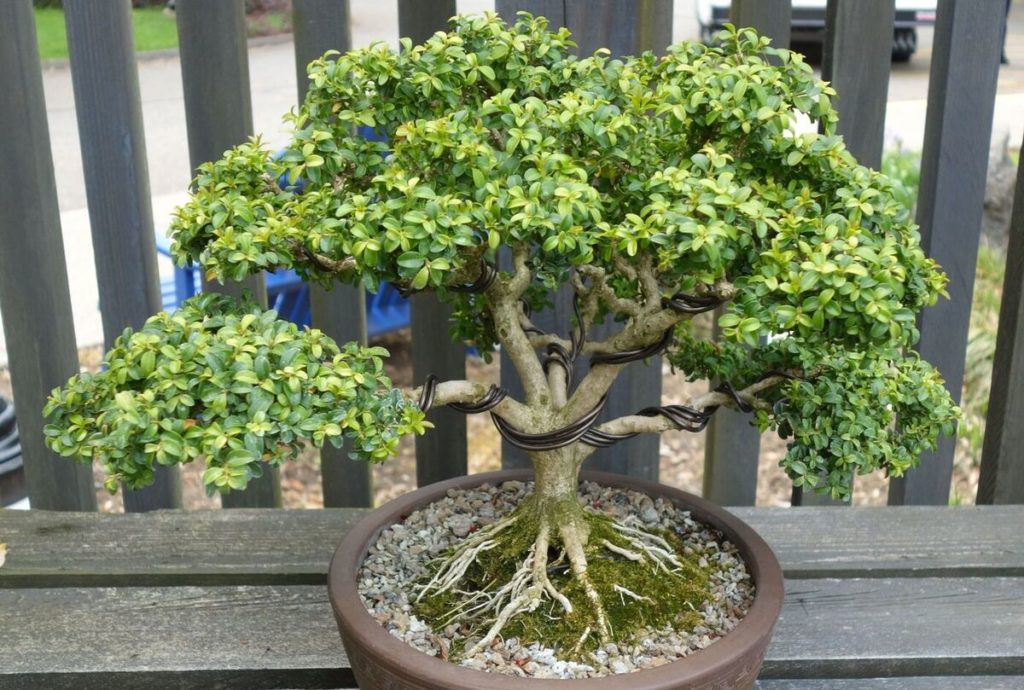
Characteristics of the Boxwood Bonsai
Boxwood bonsai offers a number of distinguishing features that make it a popular option among bonsai lovers. Boxwood bonsai has the following characteristics:
- Evergreen foliage: Boxwood bonsai has dense, small, evergreen leaves that can be a bright green or a darker shade of green, depending on the variety.
- Slow growth: Boxwood bonsai is a slow-growing tree that is excellent for bonsai development. It takes time for the complicated trunk and branch structure to mature, but once established, it may be molded and pruned into a variety of shapes.
- Dense foliage: The dense foliage of boxwood bonsai makes it an excellent choice for creating the illusion of a mature tree. With careful pruning, it can be shaped into a compact and visually striking form.
- Attractive bark: The bark of boxwood bonsai is smooth and appealing, ranging in hue from light gray to dark brown. The texture and color of the bark contribute to the tree’s overall visual attractiveness.
- Hardy: Boxwood bonsai is a robust tree that can thrive in a variety of circumstances, including heat, cold, and low humidity. It is extremely resistant to pests and diseases, making it an easy option for bonsai gardening.
- Versatile: Boxwood bonsai is a resilient tree that can withstand a variety of growth circumstances such as heat, cold, and low humidity. It is also pest and disease resistant, making it a low-maintenance option for bonsai gardening.
Overall, boxwood bonsai is a beautiful and hardy tree with several distinctive characteristics that make it an excellent choice for bonsai cultivation. With proper care and attention, it can be shaped and pruned into a visually stunning form that adds beauty and tranquility to any space.
How to Grow a Boxwood Bonsai
Growing a boxwood bonsai requires patience, attention to detail, and proper care. Here are some general steps to follow when growing a boxwood bonsai:
Choose a healthy plant: Choose a healthy specimen with strong structure and lush foliage when choosing a boxwood plant to use as a bonsai. Look for a plant with a distinct trunk and regularly spaced branches.
Repotting: Once you have selected your plant, repot it into a bonsai pot with well-draining soil. Boxwood bonsai prefers a slightly acidic soil with good drainage. A bonsai pot should be shallow and have drainage holes to allow excess water to escape.
Pruning: Prune the plant regularly to maintain the desired shape and size of your bonsai. Boxwood bonsai can be shaped into various styles, including informal upright, formal upright, slanting, semi-cascade, and cascade.
Watering: Boxwood bonsai requires consistent and regular watering. Water the plant when the soil feels dry to the touch. It’s important to avoid overwatering, as this can cause root rot and other fungal diseases.
Fertilizing: Use a balanced, slow-release fertilizer to provide your boxwood bonsai with the necessary nutrients to thrive. Fertilize the plant during the growing season, from spring to fall, but avoid fertilizing during the winter months.
Sunlight: Boxwood bonsai prefer partial shade to full sun, depending on the variety. Make sure to place your bonsai in a location that receives the appropriate amount of sunlight for its specific needs.
Winter Care: During the winter months, protect your boxwood bonsai from freezing temperatures and excessive wind. Keep it in a sheltered location or cover it with a protective covering.
Growing a boxwood bonsai needs attention to detail and correct care, but with patience and work, you may build a beautiful and healthy bonsai tree.
Benefits of Boxwood Bonsai
Boxwood bonsai has several benefits, both practical and aesthetic. Here are some of the key benefits of growing a boxwood bonsai:
- Decorative: Boxwood bonsai is a beautiful and elegant tree that adds aesthetic appeal to any indoor or outdoor space. It is a popular choice among bonsai enthusiasts and can be shaped into various styles and sizes to suit different preferences.
- Stress relief: Caring for a boxwood bonsai may be a calming and contemplative activity that aids in stress and anxiety reduction. In a busy and frantic world, it may bring a sense of serenity and quiet.
- Air purification: Boxwood bonsai, like other plants, can help purify the air by removing toxins and pollutants from the environment. This can lead to improved air quality and a healthier living space.
- Educational: Growing a boxwood bonsai may be an educational experience, teaching you about horticultural concepts, bonsai cultivation, and plant care. As you see your tree grow and thrive over time, you may feel a feeling of accomplishment and happiness.
- Environmental: Growing a boxwood bonsai may assist the environment by mitigating climate change, encouraging biodiversity, and lowering pollution.
Overall, boxwood bonsai is a beautiful and beneficial tree that provides aesthetic, environmental, and health benefits. It can be a rewarding and enjoyable hobby that adds beauty and serenity to any space.
Styling and Design of Boxwood Bonsai
Boxwood bonsai can be styled into various designs and shapes to create unique and beautiful arrangements. Here are some popular styling and design options for boxwood bonsai:
Formal Upright Style: This is a classic bonsai style that features a straight, upright trunk with well-defined branches that are evenly spaced. This style creates a strong and elegant appearance that is perfect for formal settings.
Informal Upright Style: This style has a more natural and organic look, with a curved trunk and irregularly spaced branches. This style is ideal for creating a more relaxed and informal atmosphere.
Slanting Style: This style features a trunk that slants to one side, giving the tree a windswept appearance. This style creates a sense of movement and dynamic energy.
Semi-Cascade Style: This style features a trunk that curves downward, with the branches extending below the pot’s rim. This style creates a dramatic and striking appearance that is perfect for accenting a garden or patio.
Cascade Style: This style features a trunk that extends below the pot’s rim, with the branches cascading downward. This style creates a graceful and flowing appearance that is perfect for creating a sense of movement and elegance.
Consider the overall style and feel you want to achieve, the setting in which the tree will be placed, and the size of the pot and tree when creating a boxwood bonsai. Remember to take your time and work slowly and carefully to build a beautiful and distinctive boxwood bonsai that reflects your particular style and preferences.
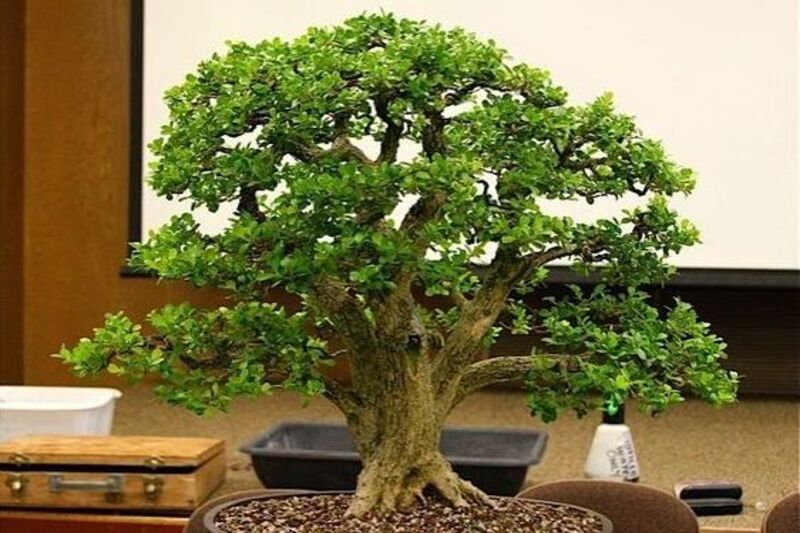
How to Care for and Maintain a Boxwood Bonsai
Boxwood bonsai require proper care and maintenance to thrive and remain healthy. Here are some tips for caring for and maintaining your boxwood bonsai:
- Watering: Boxwood bonsai need consistent and regular watering. Water the plant when the soil feels dry to the touch, but avoid overwatering, as this can lead to root rot and other fungal diseases. Make sure that the soil is well-draining to avoid waterlogging.
- Fertilizing: To supply your boxwood bonsai with the nutrients it needs to develop and thrive, use a balanced, slow-release fertilizer. Fertilize the plant from spring through autumn, but avoid fertilizing during the winter months.
- Pruning: Prune your boxwood bonsai regularly to maintain its shape and size. Remove any dead, damaged, or diseased branches to encourage healthy growth. You can also trim the foliage to maintain the desired shape and size of the bonsai.
- Sunlight: Depending on the kind, boxwood bonsai require moderate shade to full sun. Make certain that your bonsai is placed in an area that receives the optimum amount of sunlight for its individual needs. During the warmest part of the day, keep the plant away from direct sunshine and extreme heat.
- Repotting: Repot your boxwood bonsai every 2-3 years to prevent root bound. Choose a bonsai pot that is slightly larger than the previous one, and use well-draining soil to ensure healthy growth.
- Pest and Disease Control: Common pests and illnesses that might harm your boxwood bonsai include spider mites, scale insects, and fungal infections. To manage and prevent infestations, use insecticides and fungicides as needed.
- Winter Care: During the winter months, protect your boxwood bonsai from freezing temperatures and excessive wind. Keep it in a sheltered location or cover it with a protective covering.
Your boxwood bonsai will remain healthy and attractive for years to come if you follow these instructions and provide regular care and maintenance.
Boxwood Bonsai care sheet
| Aspect | Care Tips |
| Watering | Water when soil is dry to the touch, but avoid overwatering. Make sure soil is well-draining. |
| Fertilizing | Use a balanced, slow-release fertilizer. Avoid winter fertilization. |
| Pruning | Maintain form by pruning dead, damaged, and diseased branches. Trim foliage to form and size. |
| Sunlight | Varieties require light shade to full sun. Avoid direct sunshine and extreme heat during the day. |
| Repotting | Root bound? Repot every 2–3 years. Select a bigger bonsai container. Use well-drained soil. |
| Pest and Disease Control | Spider mites, scale insects, and fungal infections are frequent. Insecticides and fungicides as needed. |
| Winter Care | Protect from freezing temperatures and excessive wind. Keep in sheltered location or cover with protective covering. |
By following these care tips, you can ensure that your Boxwood Bonsai remains healthy and beautiful for many years to come.
Conclusion
Boxwood bonsai is a beautiful and popular variety of bonsai tree that requires meticulous maintenance to retain its beauty. By adhering to the guidelines indicated in this article, you can cultivate a boxwood bonsai that will bring you years of pleasure.
FAQ:
Q: What is Boxwood Bonsai?
A: Boxwood Bonsai is a type of bonsai tree that is created using Boxwood shrubs, which are pruned and trained into a miniature tree form.
Q: How often should I water my Boxwood Bonsai?
A: Water your Boxwood Bonsai when the soil feels dry to the touch, but avoid overwatering. Ensure that the soil is well-draining.
Q: How much sunlight does Boxwood Bonsai need?
A: Boxwood Bonsai prefers partial shade to full sun, depending on the variety. Protect from excessive heat and direct sunlight during the hottest part of the day.
Q: When should I fertilize my Boxwood Bonsai?
A: Use a balanced, slow-release fertilizer during the growing season, from spring to fall. Avoid fertilizing during the winter months.
Q: How often should I prune my Boxwood Bonsai?
A: Prune your Boxwood Bonsai regularly to maintain its shape and size. Trim foliage to maintain the desired shape and remove dead or diseased branches.
Q: When should I repot my Boxwood Bonsai?
A: Repot your Boxwood Bonsai every 2–3 years to prevent root bound. Choose a bonsai pot that is slightly larger than the previous one and use well-draining soil.
Q: How do I protect my Boxwood Bonsai from pests and diseases?
A: Observe for common parasites and illnesses, such as spider mites, scale insects, and fungal diseases. Utilize insecticides and fungicides as required.
Q: How do I care for my Boxwood Bonsai during the winter months?
A: Protect your Boxwood Bonsai from freezing temperatures and excessive wind. Keep it in a sheltered location or cover it with a protective covering.
Also Read:


